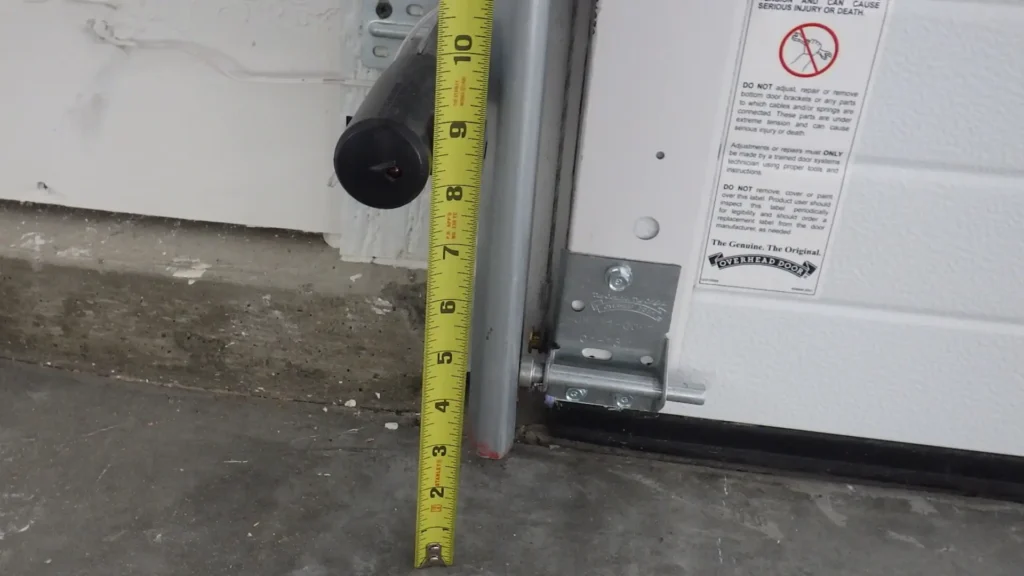
Garage doors play a pivotal role in our daily lives, providing secure access to our homes and safeguarding our vehicles and belongings. However, like any mechanical system, garage doors are susceptible to wear and tear, and occasional malfunctions can occur. In this comprehensive guide, we’ll walk you through the process of diagnosing and addressing common garage door issues, empowering you to tackle garage door repair with confidence.
Diagnosing Garage Door Issues
Before diving into repair solutions, it’s essential to diagnose the root cause of the problem. Here are some common garage door issues and their potential causes:
- Door Won’t Open or Close: If your garage door refuses to open or close, several factors could be at play. Check for obstructions in the door’s path, examine the remote control or keypad for battery issues, and inspect the tracks and rollers for debris or misalignment.
- Noisy Operation: A garage door that operates loudly or emits grinding or scraping sounds may indicate worn rollers, hinges, or tracks. Lubricating moving parts and tightening loose hardware can often alleviate noise issues.
- Uneven Movement: If your garage door moves unevenly or appears crooked when opening or closing, the tracks may be misaligned. Adjusting the tracks and ensuring they are level and parallel can restore smooth operation.
- Sagging or Sticking: A garage door that sags or sticks in certain areas may have worn or damaged springs, cables, or pulleys. Inspecting these components for signs of wear and replacing them as needed can resolve the issue.
- Opener Malfunctions: Problems with the garage door repair, such as failure to respond to remote commands or erratic behavior, may stem from electrical issues, sensor misalignment, or worn motor components. Troubleshooting the opener’s electrical connections and adjusting sensor alignment can often resolve these issues.
Repair Solutions for Common Issues
Once you’ve identified the underlying cause of your garage door problem, it’s time to implement targeted repair solutions:
- Tighten Loose Hardware: Inspect the nuts, bolts, and screws that hold your garage door hardware in place and tighten any that have become loose over time. This simple maintenance task can improve the stability and performance of your door.
- Lubricate Moving Parts: Apply a silicone-based lubricant to the rollers, hinges, tracks, and springs of your garage door to reduce friction and ensure smooth operation. Regular lubrication can extend the lifespan of these components and prevent premature wear.
- Replace Worn Components: If you discover worn or damaged components during your inspection, such as frayed cables, broken springs, or warped tracks, replace them promptly to prevent further damage and restore functionality to your garage door.
- Adjust Track Alignment: Use a level to check the alignment of your garage door tracks and adjust them as needed to ensure they are plumb and parallel. Misaligned tracks can cause the door to bind or operate unevenly, leading to premature wear and potential safety hazards.
- Test and Calibrate Sensors: If your garage door repair safety sensors are misaligned or malfunctioning, the door may not operate properly. Clean the sensor lenses and adjust their alignment according to the manufacturer’s instructions to ensure reliable operation.
Learn more:
Troubleshooting Garage Door Repair: Common Issues and Fixes
Mastering Garage Door Repair: Essential Tips and Techniques
